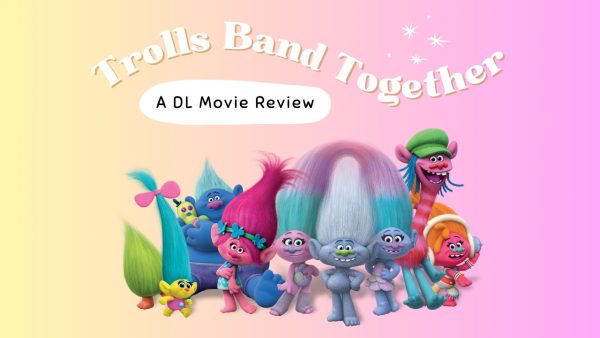Hidden Figures: Diversity in Science
February 15, 2017
Just in time for the 2017 award season, Hidden Figures (dir. Theodore Melfi) was released on Dec. 25, 2016 to near unanimous critical acclaim. Starring the dynamic trio of Janelle Monae, Octavia Spencer, and Taraji P. Henson, Hidden Figures follows the stories of three African American NASA specialists Mary Jackson, Dorothy Vaughan, and Katherine G. Johnson respectively.
Compared to the otherwise white award season nominees, Hidden Figures stands out as a beacon of progress that highlights the struggles of being both an African American and a woman in a traditionally male-dominated field. These ideas of prejudice carry into modern day, especially considering late movements like Black Lives Matter and the more recent Women’s March. Supporters of such movements have been asking for movies like this one for years, and Hidden Figures did not disappoint: critics have proclaimed it as one of the best movies of 2016.
Personally, as a woman, this story of women pioneering the space program sits near to my heart; the progressive conversation of gender equality in the workplace has been an issue relevant to not only myself but to the rest of the world. Providing an equal opportunity for the genders to perform, regardless of the field of work, sets the stage for grand success, much like the story Melfi asserts with his interpretation of Jackson, Vaughan, and Johnson’s careers.
Melfi provides additional social commentary on the treatment of the black community in the workplace as well. There is a reason the movie is titled Hidden Figures, and that is because the African American community is generally “hidden” in the workplace. Despite the strides the civil rights movement has made, racism is not a thing of the past; it thrives in all corners of the world, especially in regards to recent events such as the 2016 election and the Black Lives Matter movement. A movie with three female leads, much less women of color, is unheard of in Hollywood, but this movie proved that those barriers are not eternal.






